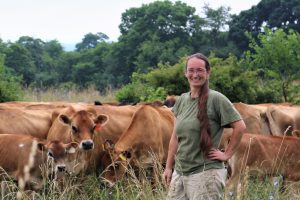
Ariel Herrod may be a full-time dairy farmer and the owner of Clear Spring Creamery at the age of 31, but her path to breaking into the dairy industry wasn’t a traditional one. Herrod grew up in the suburbs of Baltimore with no family roots in dairy farming. What she did have was an independent spirit, coupled with a passion for agriculture and the environment, that took root from an early age.
“I was an only child, and we were lucky that our house backed up against some woods. I spent a lot of time playing in the woods by myself. I think [being a farmer] has always been in me. There were many directions that desire could go, but by the time I was in my late 20s, I had tried working for various organizations,” she shared. “I found it frustrating that there were too many politics and not enough solutions. I was looking to get into farming at that point. What I loved about farming was, if there’s something I wanted to do, I could just do it. We’re still subject to regulations, but I can make decisions.”
Herrod’s goal was to find a day job and start a business on the side, similar to what many young farmers do as they break into the industry. At a regional grazing conference, she met the owners of Clear Spring Creamery in Clear Spring, Maryland and formed a connection. They were looking for someone to rent their farmhouse and do some weekend milkings. Herrod was working as an organic inspector at the time, and she began working part-time for the family in June of 2019. “It was actually the first time I ever milked a cow. It was a learning curve,” she shared.
When the pandemic hit in 2020, her inspection work slowed down due to travel restrictions, and it was calving season at the dairy farm. Herrod started taking more shifts and began working full-time at the dairy farm and creamery in 2020 — gaining direct experience with their farm markets and creamery business along with the on-farm work at the dairy operation.
“When I took the full-time position, we had a very open conversation about where this was going for me. It was a family that was kind enough to pass on their business to someone outside of their family. Their kids weren’t interested, and they were ready to move on to their next phase,” Herrod explained. “They saw it as year one of a five-year transition plan. About six months into it, they decided they were ready to transition in about a year instead. Over that year, we worked really hard to make sure I had the knowledge I needed to work through the business transition plan and the purchase agreement.”
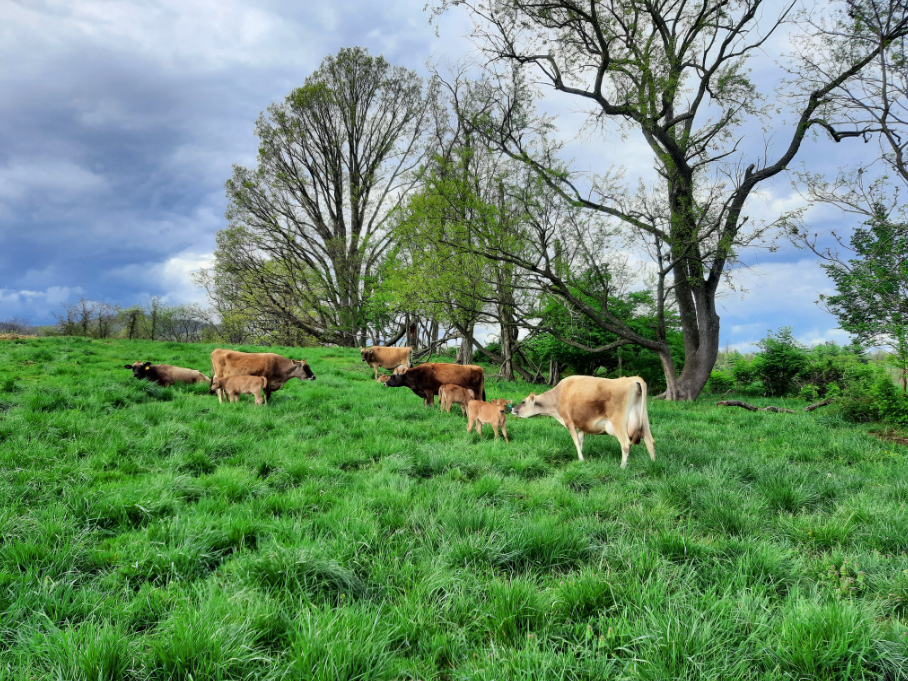
Herrod officially purchased Clear Spring Creamery in June of 2022. She purchased the livestock and equipment and signed a five-year lease with the option to purchase the land in five years.
“I was terrified that entire first year. I didn’t go into it thinking everything would go smoothly and 100% confident that it would work out. But despite that, I did it,” she said. “I’m very independent, and I’m very stubborn. When I say I’m going to do something, I do it. I’m finally getting to the point where I feel like I’m learning how to do things right and make good decisions.”
The farm has 35 milking cows in their herd and two full-time on-farm and creamery employees. Herrod also employs part-time workers and farmer’s market staff. They produce whole milk, chocolate milk and yogurt, and they are evaluating some new product offerings for the next year. The yogurt, in particular, is a unique value-added product for their business that Herrod says is filling a gap in the marketplace.
“Yogurt is technically a Grade A product. That separates us from a lot of people who do on-farm processing. There are more cheese-makers out there, but not a lot of folks that are on-farm Grade A processors. The yogurt is a value-add for us substantially over the milk, plus it’s delicious and good for you,” she shared.
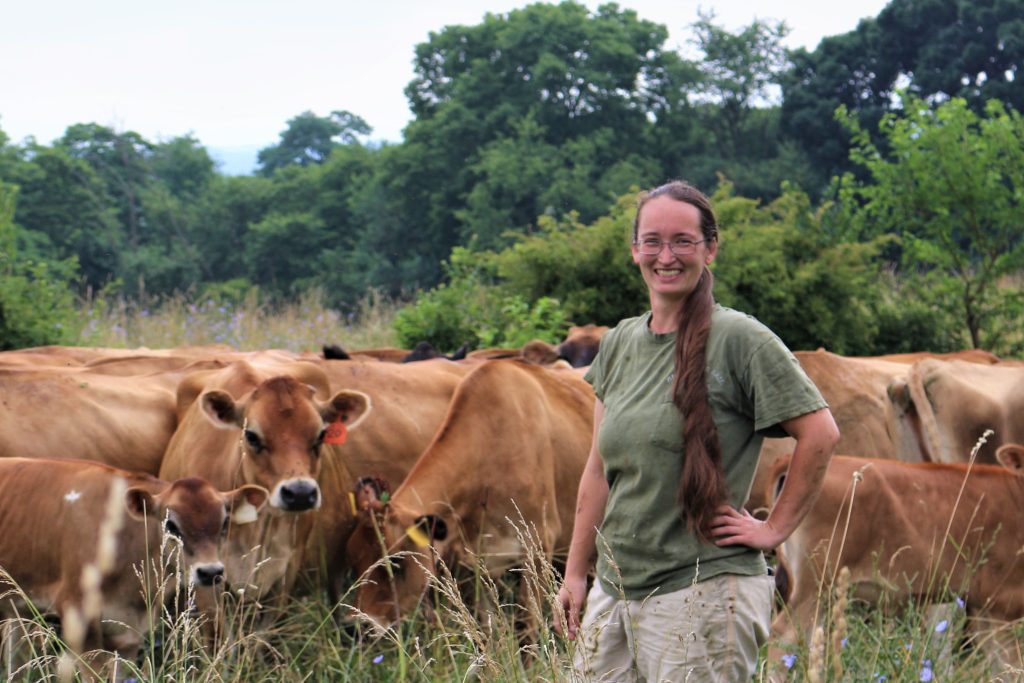
As Herrod continues to learn the ins and outs of managing the on-farm creamery, she received a Technical Assistance Grant through the Center for Dairy Excellence in 2022, thanks to funding by the Northeast Dairy Business Innovation Center that helped make the grants available to dairy farms across the Northeast United States. The grants provided funds for dairy farmers to work with consultants in the value-added and direct marketing space.
“Circling back to how I had the confidence to do this, I’m really grateful this funding was made available to farmers in Maryland. When I was thinking about buying the business and figuring out if it was even an option for me, a few people recommended I talk to consultants from Good Roots,” Herrod shared. “They were great, but I didn’t have that kind of money. They shared some funding options, but they were all for farms in Pennsylvania. It was a huge relief when I learned about this grant and the opportunity for Maryland farmers.”
After receiving the grant, the consultants helped Herrod work through the decision-making process for raising prices and projecting how those could impact her bottom line. They also helped her evaluate her budget and calculate the cost of hiring more labor versus making equipment upgrades.
“I had gotten to the point where the business was holding steady but barely making money. I knew I had to raise prices, and there were investments I wanted to make. If I focused on paying higher wages, I needed to make our work more efficient with upgraded equipment,” Herrod added. “There were too many variables. I couldn’t figure out how to make these kind of financial decisions. Thanks to the grant, I could work with Good Roots, and they helped me make those decisions.”
While the project with her consultants is still underway, Herrod has already noticed an impact on her bottom line.
“I’ve had a better balance in my bank account. We ran some metrics to quantify how the price increases have impacted us. Based on items sold, we saw a 23% increase in revenue. It was so beautiful. We haven’t even finished the project, and it’s already been helpful,” she shared.
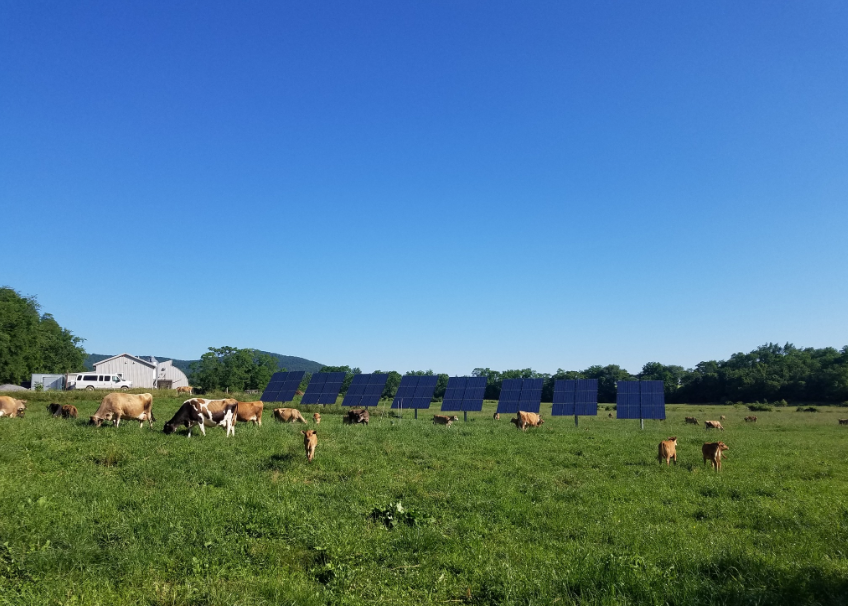
As a solar powered, grass-based dairy, the previous owners had installed solar panels. In addition to the savings she has noticed on the value-added side of her business, Herrod says the solar panels help with electricity costs as well.
“A full-size solar farm would be challenging and trickier to manage with cattle, but we graze around our solar panels. In the summer, the cows will lie down in the shade of the panels. The footprint of the solar panels is miniscule compared to the savings in utilities that we get,” she said. “It’s a huge benefit for us, since we have ice machines, walk-in coolers and a lot of things that use electricity. It has a huge impact on the electric bill.”
Along with the environment, Herrod is also passionate about employee management as she continues to gain management experience.
“When I hire employees, I check the MIT living wage calculator to make sure the salary I advertise is within the living wage for the region. I’m still learning how to be a manager. That was another thing I didn’t have experience with,” Herrod explained. “I wrote down our mission statement this year and part of it includes, ‘I want to be a business that takes care of people, animals, the land and ecosystem. I care about the animals, but that ‘people’ component is really important. At heart, I’m an environmentalist and that’s my primary drive. But we can’t be environmentalists without taking care of humans as well.”
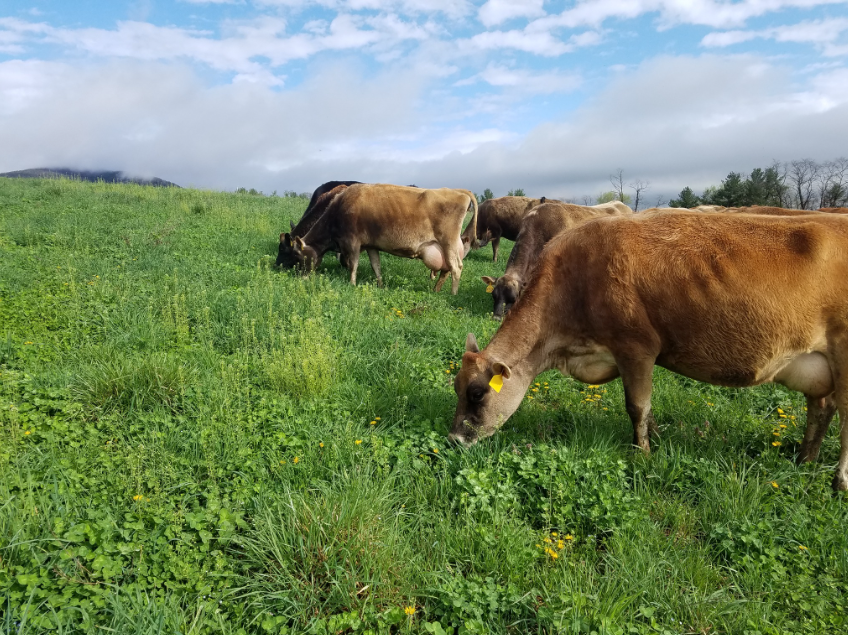
As a young business owner who found her passion for dairy farming, Herrod has a unique outlook on what other young dairy farmers need to break into the industry: connections.
“You need to be willing to put blood, sweat and tears into it, but that alone isn’t always enough. There’s the simple reality that I could not have done this if the previous owners didn’t have an established business that they were willing to pass on. I paid for the business, but I remember having a brief conversation with a loan officer before I bought it. It was challenging,” she shared. “I don’t know what to say to a young person who wants to get into this who doesn’t have some sort of connection. Even once you get into it, connections are everything.”
Getting started in dairy farming isn’t easy, but Herrod’s journey and ability to make connections shows that the future of dairy is bright.
“I think the nation and industry as a whole has to really do some problem-solving, because what we’ve got right now is a system where you need a lot to break into this industry. If you want [the next generation] to get in, you have to help them,” Herrod added. “Almost everyone I’ve talked to in the industry acknowledges that. The dairy industry is very welcoming, and there have been so many kind neighbors who have been key to me getting as far as I’ve gotten.”

